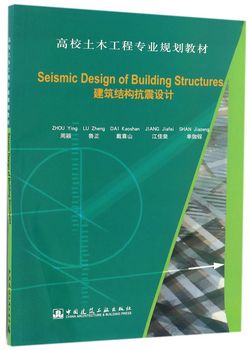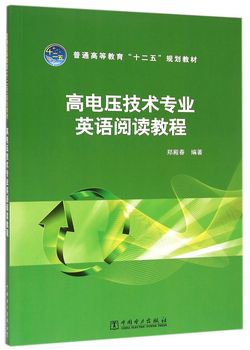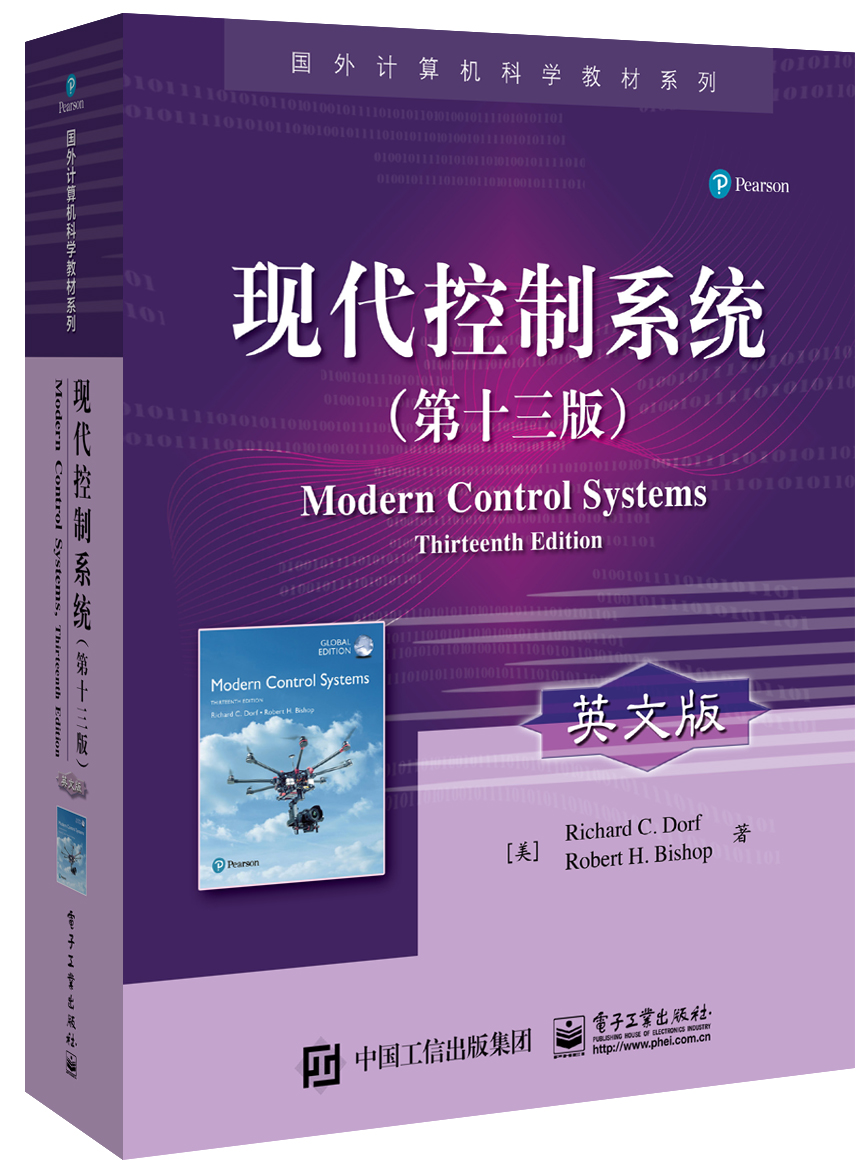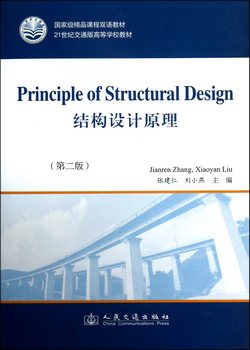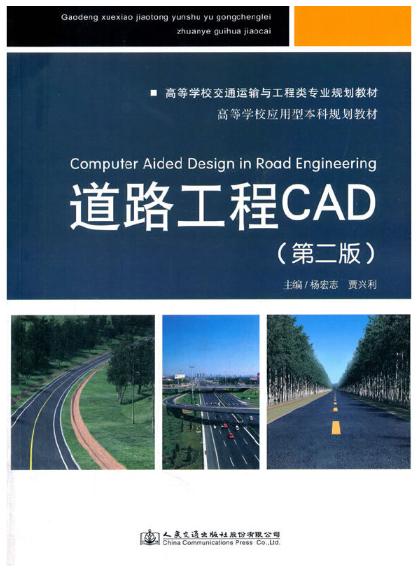工业工程专业英语(第3版) / 高等院校工业工程专业系列规划教材
定价:¥49.00
作者: 王爱虎 编
出版时间:2013-05-01
出版社:北京理工大学出版社
- 北京理工大学出版社
- 9787564077099
- 3
- 132674
- 2013-05-01
- TB
- 机械
- 本科
作者简介
内容简介
本书系统介绍了工业工程领域的概貌、发展历程和发展趋势,清晰地勾勒出工业工程的知识体系。全书共分六篇(24章),分别是:对工业工程的认识、基础工业工程、现代工业工程、丰田制造模式、工业工程前沿和工业工程展望。编者对每篇文章中的主要专业词汇和晦涩难懂的句子进行了详细注释和解读,并结合文章内容和国内工业工程的管理实践提出了相关问题供读者思考。为方便读者查阅和使用,在书末还附有工业工程专业词汇汇总表。本书既可以作为工业工程专业本科生的专业英语教材使用,也可以作为该专业硕士和博士研究生论文写作的参考用书。同时,也可以作为其他专业的学生和从业人员快速了解工业工程领域发展历程、内涵和趋势的专业参考书。
目录
第一篇 对工业工程的认知
CHAPTER 1 Industrial Engineering Education for the 21st
Century
1.1 Introduction
1.2 Quality in IE education
1.3 Theory and practice
1.4 Curriculum integration
1.5 Role of the IE
1.6 Ethics in education
1.7 Curriculum assessment
1.8 Conclusions
CHAPTER 2 Real IE Value
2.1 Introduction
2.2 The name game
2.3 Curriculum
2.4 Other steps
2.5 Expectations
2.6 Future directions
2.7 More challenges
CHAPTER 3 Grand Challenges for Industrial Engineering in the
21st Century
3.1 Background and introduction
3.2 NAE grand challenges
3.3 IIE council of fellows role for industrial
engineering
3.4 A research and contribution plan for industrial
engineering
3.5 Futurizing the IE curriculum
3.6 Summary and conclusions
第二篇 基础工业工程
CHAPTER 4 Operations Research
4.1 Brief history
4.2 Some OR accomplishments
4.3 An outlook on a research agenda
CHAPTER 5 Work-Measured Labor Standards
5.1 Introduction
5.2 Developing standard times
5.3 Maintaining standard times
5.4 Summary
CHAPTER 6 Ergonomics
6.1 The origin of ergonomics
6.2 A system description of ergonomics
6.3 The goal of safety
6.4 The goal of productivity
6.5 The trade-off between productivity and
safety
6.6 The goal of operator satisfaction
6.7 Conclusion
CHAPTER 7 Research Challenges and Recent Progress in Next
Generation Factory Layouts
7.1 Introduction
7.2 Emerging trends in industry
7.3 Next generation factory layouts
7.4 Research challenges
CHAPTER 8 Operations Management
8.1 Celebration of history and accomplishments
8.2 The challenges of the 1970s and 1980s and the
response
8.3 The department's history and current editorial
mission
8.4 The way forward
CHAPTER 9 The Role of IE in Engineering Economies
9.1 Introduction
9.2 Engineering economics
9.3 Steps in the evaluation process
9.4 Analytical problems encountered
9.5 Tools of engineering economy
9.6 The potential of IE for the firm
CHAPTER 10 Systems Engineering and Engineering
Management.
10.1 Nature of system development
10.2 Systems engineering and engineering
management
10.3 Overlap, difference, and synergies
第三篇 现代工业工程
CHAPTER 11 Concurrent Engineering
11.1 Introduction
11.2 The training philosophy
CHAPTER 12 New Product Development
12.1 Introduction
12.2 What is the "Front End"?
12.3 A well-engineered front-end process
12.4 Balancing front-end explicitness and
flexibility
12.5 Diagnosing front-end activities
12.6 Managing the transition
12.7 Conclusion
CHAPTER 13 Computer Integrated Manufacturing (CIM)
13.1 Computer-aided design
13.2 Computer-aided engineering
13.3 Computer-aided manufacturing
13.4 Networks
13.5 Other key elements of factory automation
CHAPTER 14 The Evolution of Simulation
14.1 Introduction
14.2 The early days
14.3 Technical factors in simulation development
14.4 Organizational factors
14.5 Concluding summary
第四篇 丰田制造模式
CHAPTER 15 Classification of JIT Techniques
15.1 JIT's pure engineering elements
15.2 Worker's operations/activities as JIT
elements
15.3 Japanese management-related elements of JIT
15.4 Is the classification justifiable?
15.5 Significance of the classification
15.6 Lessons
15.7 Summary
CHAPTER 16 Industrial Engineering of the Toyota Production
System
16.1 Introduction
16.2 Continuous material flow
16.3 Holisticview of TPS
16.4 Ancient rite of waste elimination
16.5 Three pathways
16.6 The Gilbreths' "four step" approach
16.7 Origin of the MOI2 process chart
16.8 Contemporary industrial engineering
16.9 Shigeo Shingo and the JMA
16.10 Discussion
16.11 Conclusions
CHAPTER 17 Toyota's Practical Thinking Shared Among Its
Employees-
17.1 Introduction
17.2 Literature review
17.3 Research approach
17.4 Conclusions
第五篇 工业工程前沿
CHAPTER 18 Total Quality Management
18.1 Introduction
18.2 The research problem
18.3 The critical dimensions of TQS
18.4 Summary
CHAPTER 19 Agile Manufacturing
19.1 Introduction
19.2 Agile manufacturing -- definitions
19.3 Agile manufacturing strategies and
technologies
19.4 A framework for the development of agile
manufacturing
19.5 Summary and conclusions
CHAPTER 20 Theory of Constraints
20.1 Introduction
20.2 Historical background and basic concepts of
TOC
20.3 Issues and research opportunities
CHAPTER 21 Experimental Economies and Supply Chain
Management
21.1 Introduction
21.2 Why do we need an experiment?
21.3 The beer distribution game
21.4 Behavioral causes of the bullwhip effect
21.5 Methods for reducing the bullwhip effect
21.6 Conclusions and lessons for managers
第六篇 工业工程展望
CHAPTER 22 The Evolution of Information Systems and Business
Organization Structures
22.1 Introduction
22.2 Early developments
22.3 Computers in business
22.4 Growth of information systems and business
organizations
22.5 Integrating computer architectures and
organizational structures
22.6 The impact of computers on organizations
22.7 Phases of the computerization in
organizations
22.8 Linkages between computers and organizational
structures
22.9 Implications for emerging and future
organizations
22.10 Internet, stand-alone computers and small
businesses
CHAPTER 23 The New IE: Information Technology and Business
Process Redesign.
23.1 Introduction
23.2 IT in business process redesign
23.3 Redesigning business processes with IT: five
steps
23.4 Defining process types
23.5 Management issues in IT-enabled redesign
23.6 Summary
CHAPTER 24 Post Industrial Engineering
24.1 Introduction
24.2 Methods
24.3 The history of work studies in IE
24.4 The changing nature of work
24.5 Bringing work back into IE
Summary of Professional Vocabularies and Expressions
Bibliography
CHAPTER 1 Industrial Engineering Education for the 21st
Century
1.1 Introduction
1.2 Quality in IE education
1.3 Theory and practice
1.4 Curriculum integration
1.5 Role of the IE
1.6 Ethics in education
1.7 Curriculum assessment
1.8 Conclusions
CHAPTER 2 Real IE Value
2.1 Introduction
2.2 The name game
2.3 Curriculum
2.4 Other steps
2.5 Expectations
2.6 Future directions
2.7 More challenges
CHAPTER 3 Grand Challenges for Industrial Engineering in the
21st Century
3.1 Background and introduction
3.2 NAE grand challenges
3.3 IIE council of fellows role for industrial
engineering
3.4 A research and contribution plan for industrial
engineering
3.5 Futurizing the IE curriculum
3.6 Summary and conclusions
第二篇 基础工业工程
CHAPTER 4 Operations Research
4.1 Brief history
4.2 Some OR accomplishments
4.3 An outlook on a research agenda
CHAPTER 5 Work-Measured Labor Standards
5.1 Introduction
5.2 Developing standard times
5.3 Maintaining standard times
5.4 Summary
CHAPTER 6 Ergonomics
6.1 The origin of ergonomics
6.2 A system description of ergonomics
6.3 The goal of safety
6.4 The goal of productivity
6.5 The trade-off between productivity and
safety
6.6 The goal of operator satisfaction
6.7 Conclusion
CHAPTER 7 Research Challenges and Recent Progress in Next
Generation Factory Layouts
7.1 Introduction
7.2 Emerging trends in industry
7.3 Next generation factory layouts
7.4 Research challenges
CHAPTER 8 Operations Management
8.1 Celebration of history and accomplishments
8.2 The challenges of the 1970s and 1980s and the
response
8.3 The department's history and current editorial
mission
8.4 The way forward
CHAPTER 9 The Role of IE in Engineering Economies
9.1 Introduction
9.2 Engineering economics
9.3 Steps in the evaluation process
9.4 Analytical problems encountered
9.5 Tools of engineering economy
9.6 The potential of IE for the firm
CHAPTER 10 Systems Engineering and Engineering
Management.
10.1 Nature of system development
10.2 Systems engineering and engineering
management
10.3 Overlap, difference, and synergies
第三篇 现代工业工程
CHAPTER 11 Concurrent Engineering
11.1 Introduction
11.2 The training philosophy
CHAPTER 12 New Product Development
12.1 Introduction
12.2 What is the "Front End"?
12.3 A well-engineered front-end process
12.4 Balancing front-end explicitness and
flexibility
12.5 Diagnosing front-end activities
12.6 Managing the transition
12.7 Conclusion
CHAPTER 13 Computer Integrated Manufacturing (CIM)
13.1 Computer-aided design
13.2 Computer-aided engineering
13.3 Computer-aided manufacturing
13.4 Networks
13.5 Other key elements of factory automation
CHAPTER 14 The Evolution of Simulation
14.1 Introduction
14.2 The early days
14.3 Technical factors in simulation development
14.4 Organizational factors
14.5 Concluding summary
第四篇 丰田制造模式
CHAPTER 15 Classification of JIT Techniques
15.1 JIT's pure engineering elements
15.2 Worker's operations/activities as JIT
elements
15.3 Japanese management-related elements of JIT
15.4 Is the classification justifiable?
15.5 Significance of the classification
15.6 Lessons
15.7 Summary
CHAPTER 16 Industrial Engineering of the Toyota Production
System
16.1 Introduction
16.2 Continuous material flow
16.3 Holisticview of TPS
16.4 Ancient rite of waste elimination
16.5 Three pathways
16.6 The Gilbreths' "four step" approach
16.7 Origin of the MOI2 process chart
16.8 Contemporary industrial engineering
16.9 Shigeo Shingo and the JMA
16.10 Discussion
16.11 Conclusions
CHAPTER 17 Toyota's Practical Thinking Shared Among Its
Employees-
17.1 Introduction
17.2 Literature review
17.3 Research approach
17.4 Conclusions
第五篇 工业工程前沿
CHAPTER 18 Total Quality Management
18.1 Introduction
18.2 The research problem
18.3 The critical dimensions of TQS
18.4 Summary
CHAPTER 19 Agile Manufacturing
19.1 Introduction
19.2 Agile manufacturing -- definitions
19.3 Agile manufacturing strategies and
technologies
19.4 A framework for the development of agile
manufacturing
19.5 Summary and conclusions
CHAPTER 20 Theory of Constraints
20.1 Introduction
20.2 Historical background and basic concepts of
TOC
20.3 Issues and research opportunities
CHAPTER 21 Experimental Economies and Supply Chain
Management
21.1 Introduction
21.2 Why do we need an experiment?
21.3 The beer distribution game
21.4 Behavioral causes of the bullwhip effect
21.5 Methods for reducing the bullwhip effect
21.6 Conclusions and lessons for managers
第六篇 工业工程展望
CHAPTER 22 The Evolution of Information Systems and Business
Organization Structures
22.1 Introduction
22.2 Early developments
22.3 Computers in business
22.4 Growth of information systems and business
organizations
22.5 Integrating computer architectures and
organizational structures
22.6 The impact of computers on organizations
22.7 Phases of the computerization in
organizations
22.8 Linkages between computers and organizational
structures
22.9 Implications for emerging and future
organizations
22.10 Internet, stand-alone computers and small
businesses
CHAPTER 23 The New IE: Information Technology and Business
Process Redesign.
23.1 Introduction
23.2 IT in business process redesign
23.3 Redesigning business processes with IT: five
steps
23.4 Defining process types
23.5 Management issues in IT-enabled redesign
23.6 Summary
CHAPTER 24 Post Industrial Engineering
24.1 Introduction
24.2 Methods
24.3 The history of work studies in IE
24.4 The changing nature of work
24.5 Bringing work back into IE
Summary of Professional Vocabularies and Expressions
Bibliography


